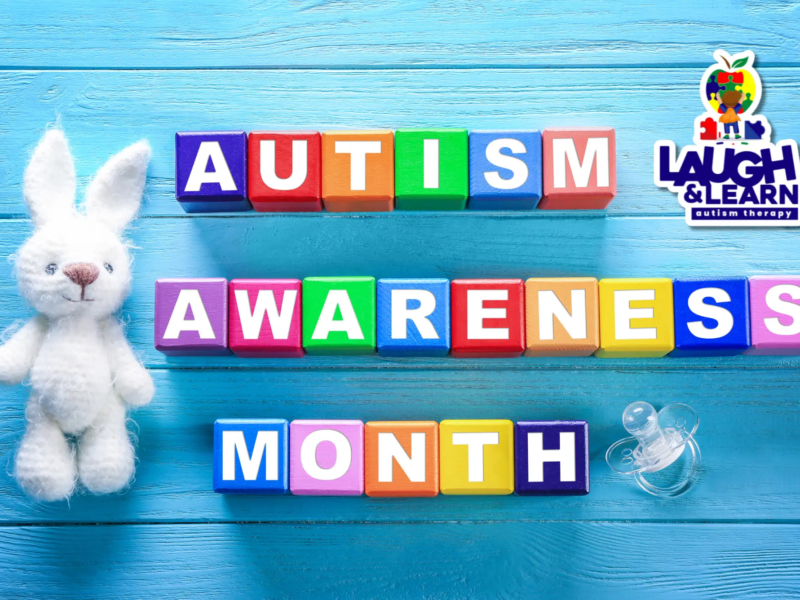Is ABA Therapy Harmful?
This question has sparked debates and raised concerns within the autism community and beyond. Applied Behavior Analysis (ABA) Therapy has been a cornerstone in autism intervention for decades, but misconceptions about its efficacy and potential harm persist. Let’s delve deeper into this topic to shed light on the realities and nuances of ABA Therapy.
What is ABA Therapy?
ABA Therapy is a structured and evidence-based approach that focuses on improving specific behaviors by utilizing principles of learning theory. It aims to enhance communication, social skills, academics, and daily living skills in individuals with autism spectrum disorder (ASD). Techniques used in ABA Therapy include positive reinforcement, prompting, shaping behaviors, and breaking complex skills into smaller, manageable steps.
The Misconceptions:
- Rigidity and Compliance: Critics argue that ABA Therapy emphasizes compliance and enforces rigid behavior norms, potentially suppressing an individual’s natural traits and personality. However, modern ABA approaches prioritize individualization, encouraging a more flexible and person-centered approach.
- Harmful Consequences: Concerns have been raised about the potential for ABA Therapy to cause harm, such as increased anxiety or stress in individuals due to the focus on behavior modification. It’s crucial to note that ethical ABA practitioners prioritize the well-being and comfort of their clients, employing methods that are supportive and non-coercive.
The Realities:
- Individualized Approach: Ethical ABA practitioners tailor interventions to each individual’s needs, strengths, and preferences. They focus on promoting meaningful skills and reducing behaviors that may impede daily functioning or social interactions.
- Positive Reinforcement: ABA Therapy places a strong emphasis on positive reinforcement, rewarding desired behaviors to motivate and encourage learning. This approach fosters a supportive and nurturing environment rather than a punitive one.
- Evolution of Practices: ABA Therapy has evolved over time, incorporating more humane and compassionate approaches. Today’s practitioners are encouraged to prioritize autonomy, self-determination, and the well-being of individuals with autism.
Addressing Concerns:
While debates surrounding ABA Therapy persist, it’s essential to acknowledge that any therapeutic intervention, including ABA, should be conducted ethically and with the individual’s best interests in mind. Collaboration between practitioners, families, and individuals with autism ensures a holistic and person-centered approach to treatment.
Conclusion:
The question, “Is ABA Therapy harmful?” doesn’t have a simple yes or no answer. Ethical practice and the individualized approach are key factors in determining the effectiveness and impact of ABA Therapy. With ongoing research, improved guidelines, and a focus on the well-being of individuals, ABA Therapy continues to play a valuable role in supporting individuals with autism in achieving their full potential.
Let’s engage in constructive conversations, promote awareness, and strive for advancements in autism intervention that prioritize respect, dignity, and individuality.
For further reading on whether ABA therapy is harmful check out this article from the Child Mind Institute.
Disclaimer: This blog post aims to provide an overview and does not replace professional advice. It’s crucial to consult qualified professionals for personalized guidance and recommendations regarding autism treatment.
#EndTheStigma #AutismAwareness #ABATherapy #IndividualizedApproach #EthicalPractice



